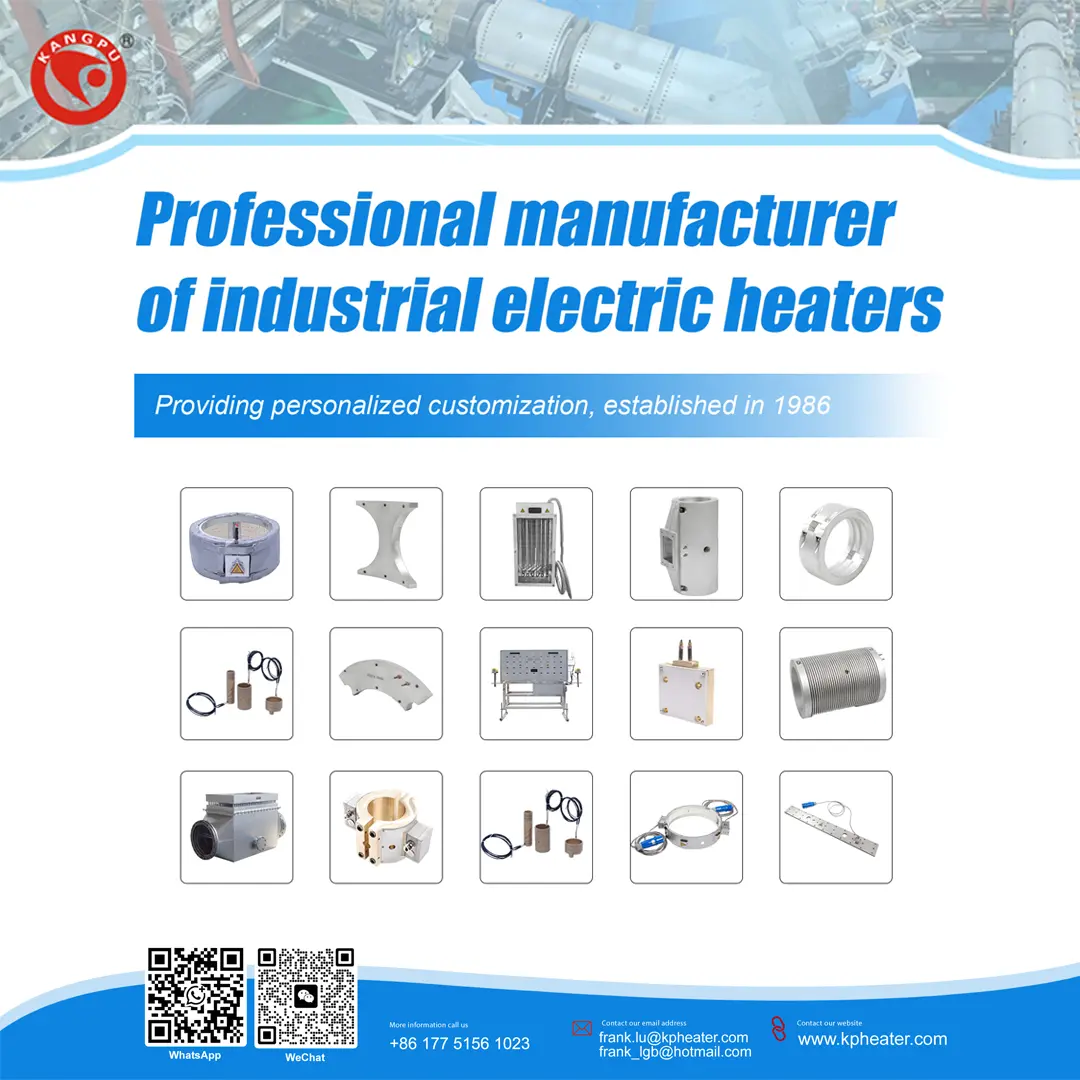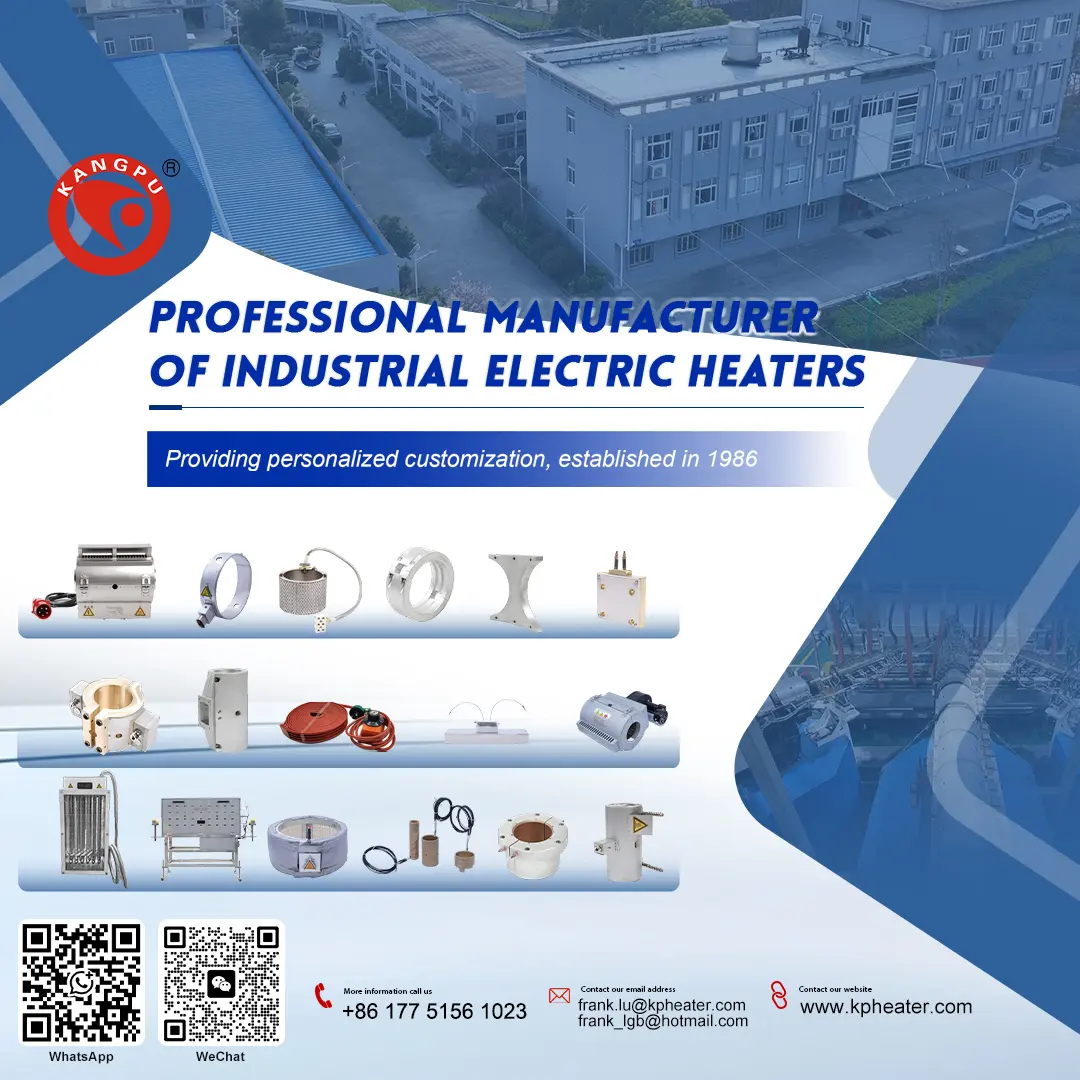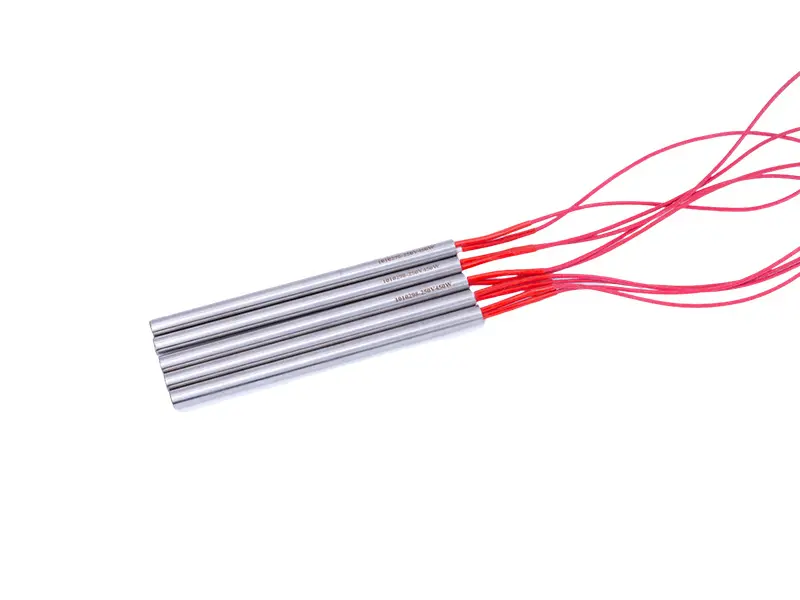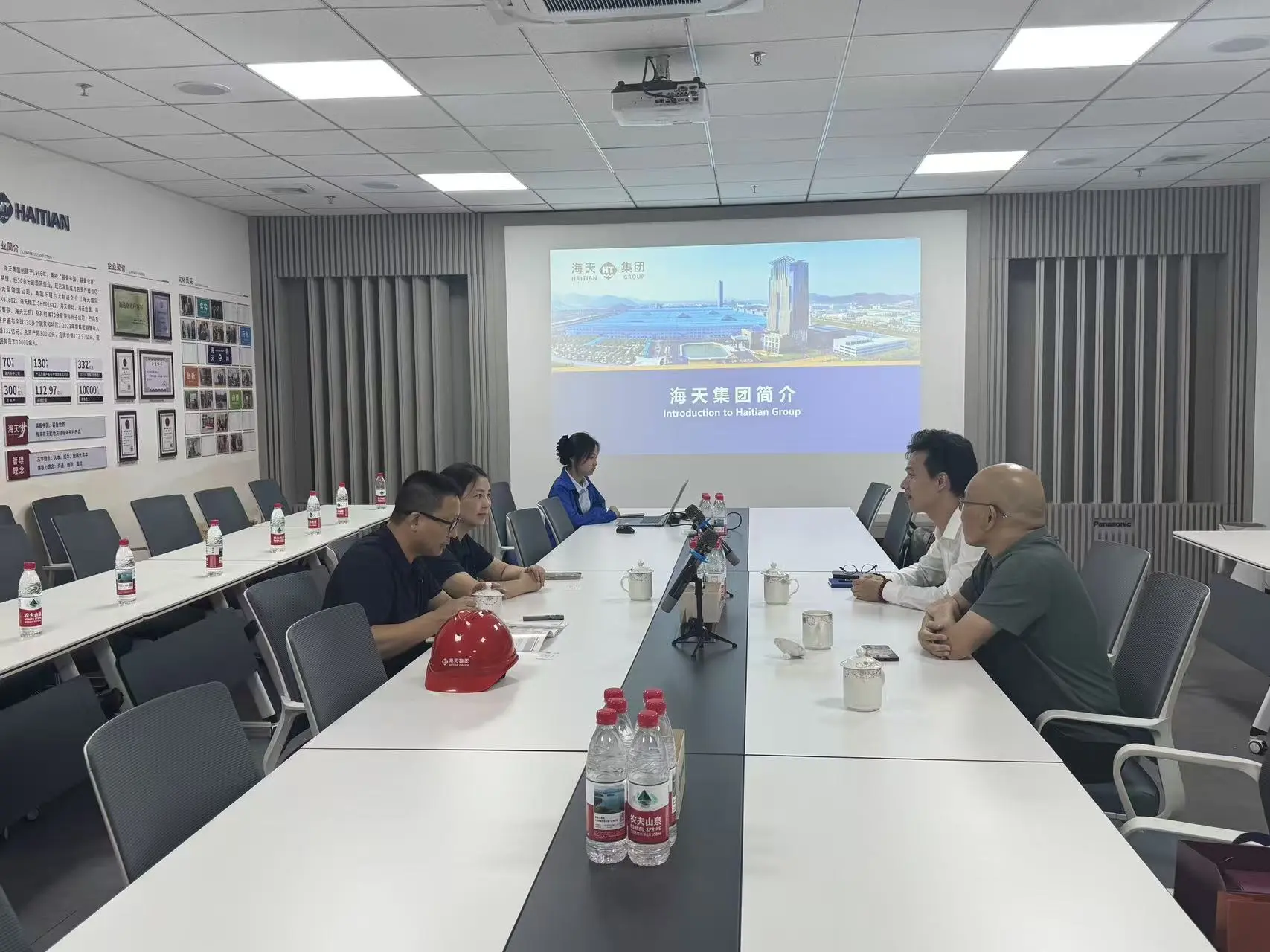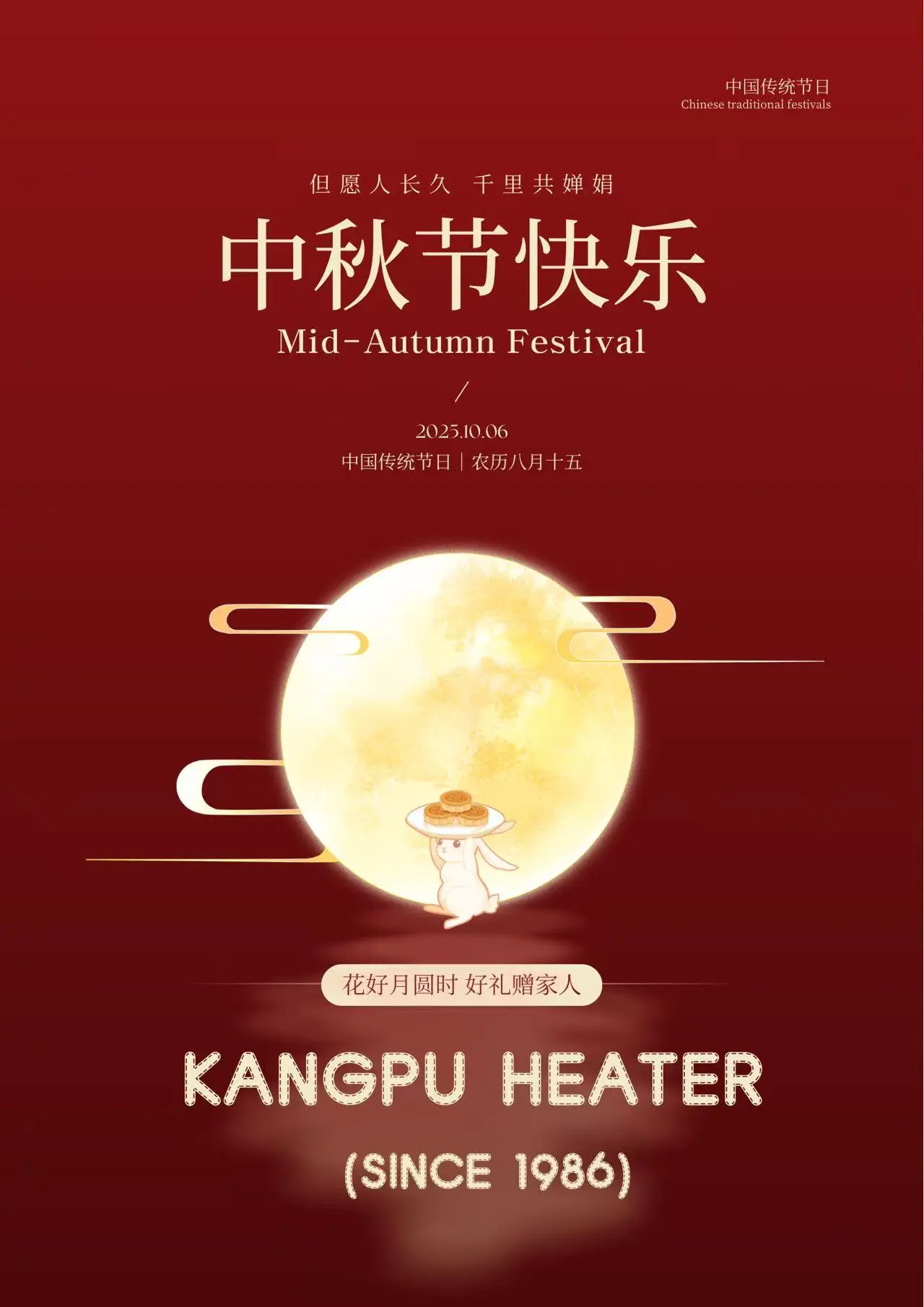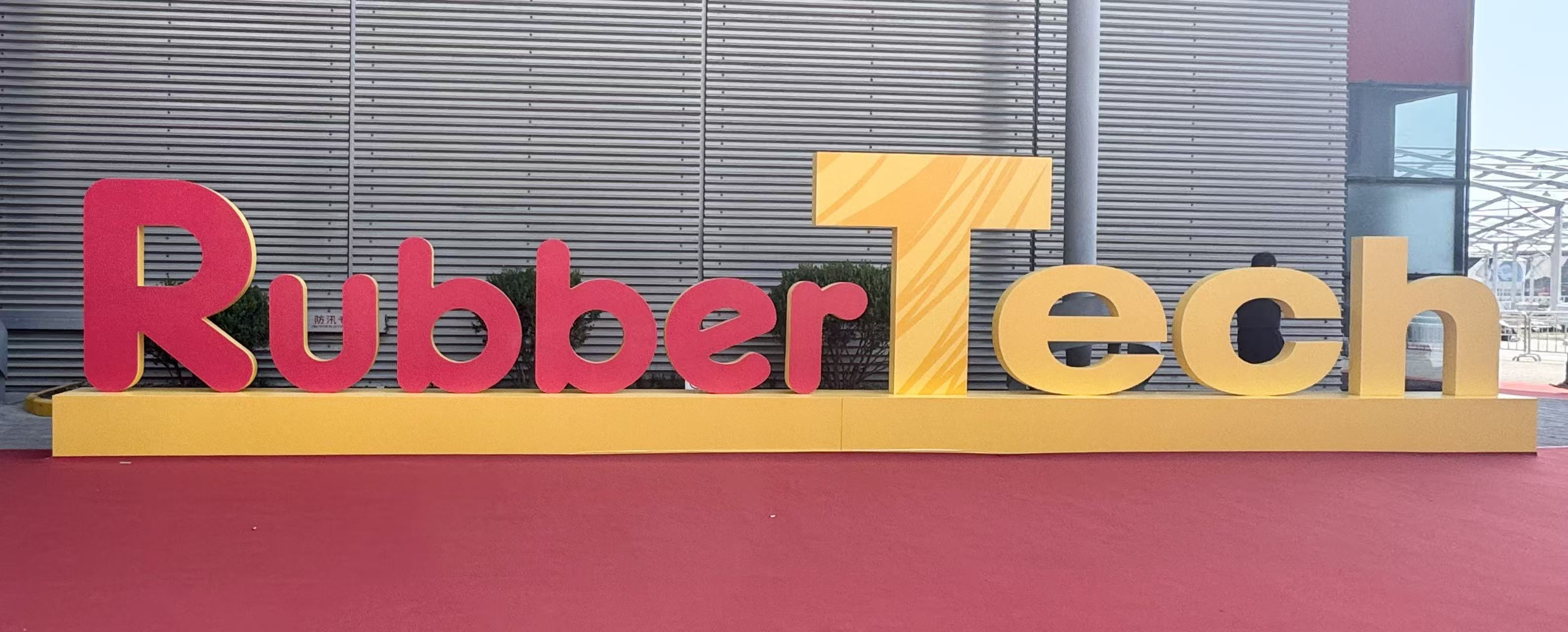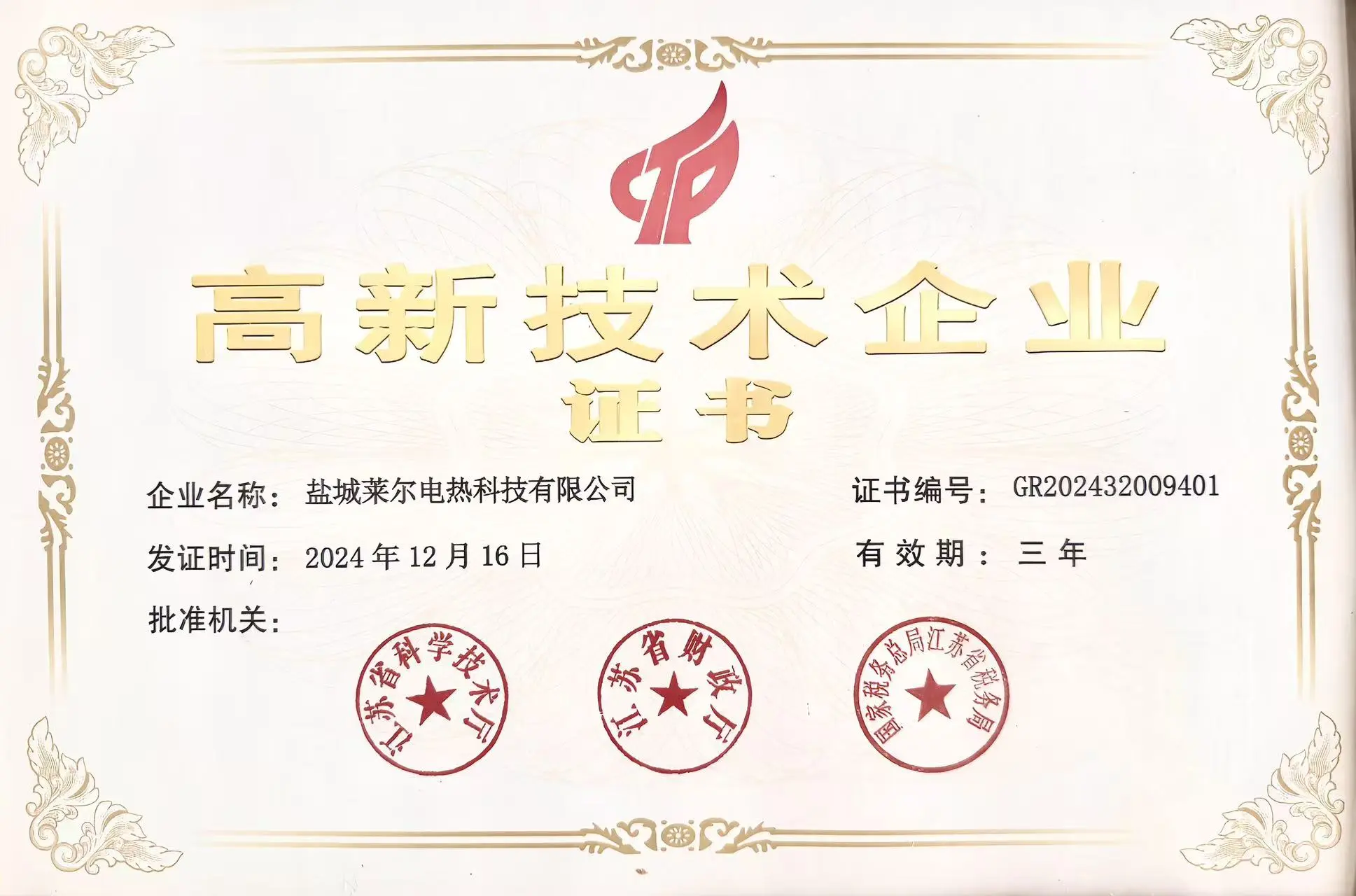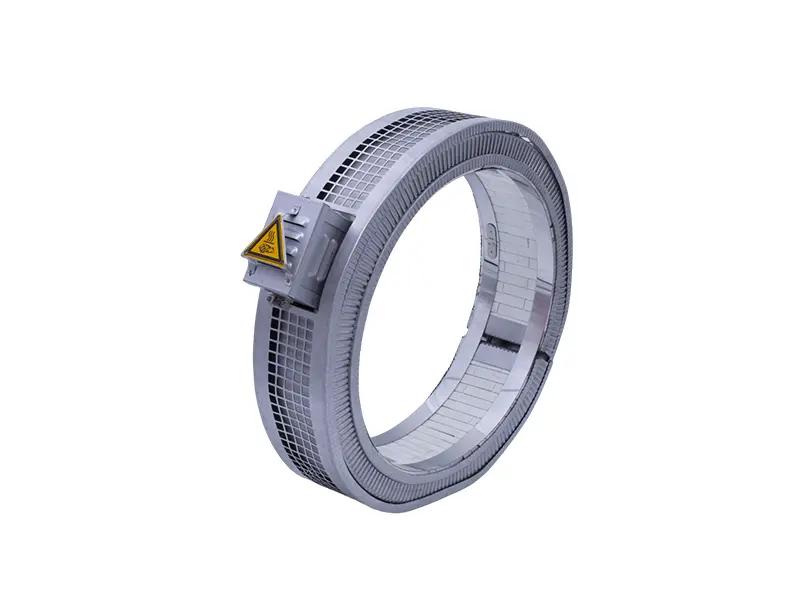Exploring Ceramic Heating Principles and Applications
Introduction & Working Principle
The Ceramic Heater uses nickel-chromium alloy resistance wire as the heating core, embedded in an alumina ceramic matrix. When powered on, it generates heat through the Joule effect and the heat is rapidly conducted through the ceramic to the workpiece, achieving efficient heating.
Taking nickel-chromium alloy and other resistance wires as the heating core, the resistance wires are embedded in a ceramic matrix with high thermal conductivity and high temperature resistance (such as alumina ceramics). After being powered on, the resistance wire heats up due to the Joule effect. The heat is rapidly conducted through the ceramic substrate to the outer surface and then directly heats the metal pipes, molds and other workpieces in contact.
The Features of Ceramic Heater
1.High-temperature resistance: The ceramic matrix can withstand temperatures above 1200℃, and the long-term working temperature remains stable at 300-800℃.
2.High thermal efficiency: Ceramic has excellent thermal conductivity, with heat loss of only 5% to 10%, which is much lower than that of traditional metal heating coils.
3.Strong insulation: Ceramic itself is an insulating material and does not require an additional insulating layer, making it safer to use.
4.Long service life: The resistance wire is wrapped in ceramic to isolate it from air, making it less prone to oxidation. Its service life can reach 8,000 to 15,000 hours.
5.Small size: Compact structure, suitable for adhering to the surface of irregular workpieces (such as circular pipes, special-shaped molds).
The application industries of Ceramic Heater
1. Industrial manufacturing: Heating of plastic injection molding machine/extruder barrels, constant temperature heating of molds, and heating components for medical devices (such as sterilizers).
2. Home appliance field: Auxiliary heating for the inner tank of electric water heaters, heating plates of rice cookers (some high-end models), and ceramic wrapping on the outer layer of heating tubes in air fryers.
3. Laboratory equipment: Local heating units for constant temperature drying Ovens and reaction vessels, and small-scale heating scenarios that require precise temperature control.
It is mainly applied in industries such as food processing, pharmaceutical manufacturing, and textile printing and dyeing, where high-quality steam is required. In these fields, the electromagnetic steam generator can provide stable and pure steam, meeting the production process demands.

